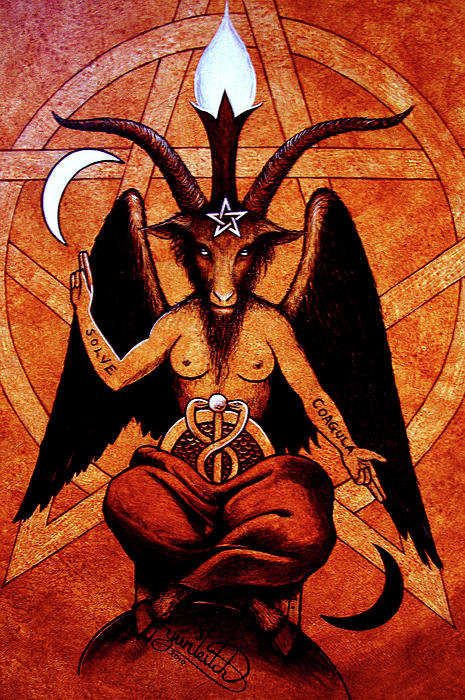 You anoint my head with oil; my cup overflows. Surely your goodness and love will follow me all the days of my life, and I will dwell in the house of the Lord forever.
You anoint my head with oil; my cup overflows. Surely your goodness and love will follow me all the days of my life, and I will dwell in the house of the Lord forever.
What you just read is the end of Psalms 23. It is the Psalm of David who is the TEM OHP AB (Temple omnium hominum pads abba), which is Latin for “Father of the Temple.” TEM OHP AB spelled backwards is Baphomet whose meaning we find Baʿal (Lord) or Hadad which means Son of Dod or David, Be-dad, or Bon-dad, “the son of Dad.” Father of the Edomites, Hadad. David, Daoud, or Dood means the beloved ; and as a mythical character the beloved one, the Lord’s anointed.
Through the construction of a Brazen Head that was a cleverly disguised celestial sphere that mirrored the heavens, a series of magicians had used TEM OHP AB to receive answers to the questions that had perplexed them at the time. I had wrote about this history in my last article titled Pontifex Baphomet Maximus where I explained that Gerbert of Aurillac, AKA Pope Sylvester II (c. 945–1003 CE) was the first person ever documented in history to be in possession of this mechanical talking head. Then we can later find several subsequent stories of people in possession of such a device as the Knights Templar (ca. 1119–1312), then by Rob Grosseteste (1175-1353), next in line is Saint Albertus Magnus (c. 1200–1282 CE), Marquis of Vilêna of Spain (1384-1434), Polander, a disciple of Escotillo an Italian and last but certainly not least, Francis Bacon (22 January 1561 – 9 April 1626).
These were the first Alchemists and Gnostics in history that were in possession of prophetic devices made of brass or bronze brazen talking heads that could answer questions put to them by their masters. Pope Sylvester II was even publicly accused by Cardinal Benno for being a sorcerer and an enchanter. William of Malmsbury had told the story of Pope Sylvester II that he made such a head that correlated with the constellations (As Above, So Below) that would speak when spoken to, but that these answers made by the mechanical head were only single words or simply “yes” or “no.”
The modern image we see now for Baphomet was made infamous by Éliphas Lévi in the 19th century. Lévi had stated back then, “The terrible Baphomet is, in fact, like all monstrous enigmas of ancient science, nothing more than an innocent and even pious hieroglyph.” The word hieroglyph comes from the Greek adjective ἱερογλυφικός (hieroglyphikos), a compound of ἱερός (hierós ‘sacred’)and γλύφω (glýphō ‘Ι carve, engrave’; see glyph), in turn a loan translation of Egyptian mdw·w-nṯr (medu-netjer) ‘god’s words.’
Therefor, Baphomet is not evil, but a tool for a magician to connect to the Lord.
However, this image is what some Christians might call a pagan idol even though we can find many of their churches are filled with the same type of idols. This Baphomet would be “one” of the reasons the Knights Templar who were martyred in the 14th century by French King Phillip the Fair on that fateful day, Friday 13th, 1307
The image we see mostly today of Baphomet I have already demonstrated is a hieroglyph and the brazen mechanical talking head was celestial prophetic sphere that spoke. Hence, what Gerbert, the Templars and Francis Bacon were in possession of was completely different then the image most often depicted today. Those Master Magicians were in possession of an actual celestial prophetic magickal sphere that looked like an ugly bearded human head that spoke to them and the image we see today is simply a hieroglyph made in the 19th century. However, in the end, they both represent the same TEM OHP AB, Lord of the Temple.
This is the simplest way to explain the meaning behind Baphomet and there is no need to add words to what just is.
HAIL TEM OHP AB

Moe is the founder of GnosticWarrior.com. He is a father, husband, author, martial arts black belt, and an expert in Gnosticism, the occult, and esotericism.

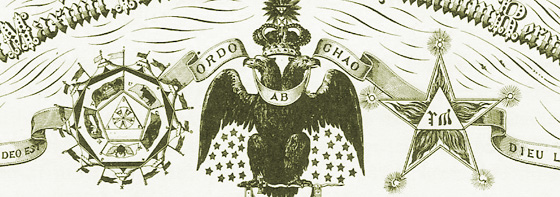
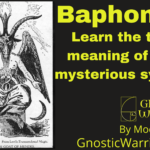
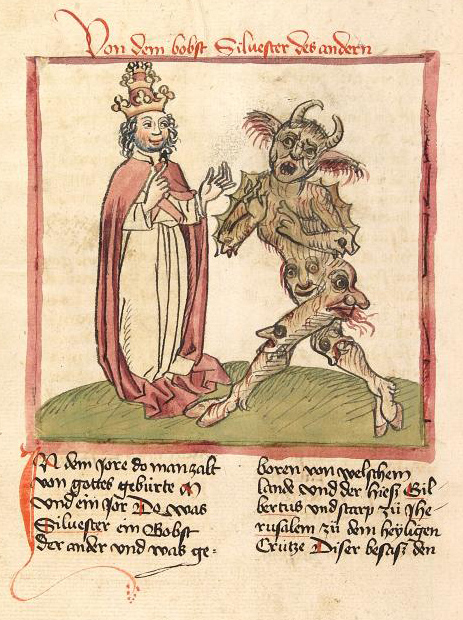
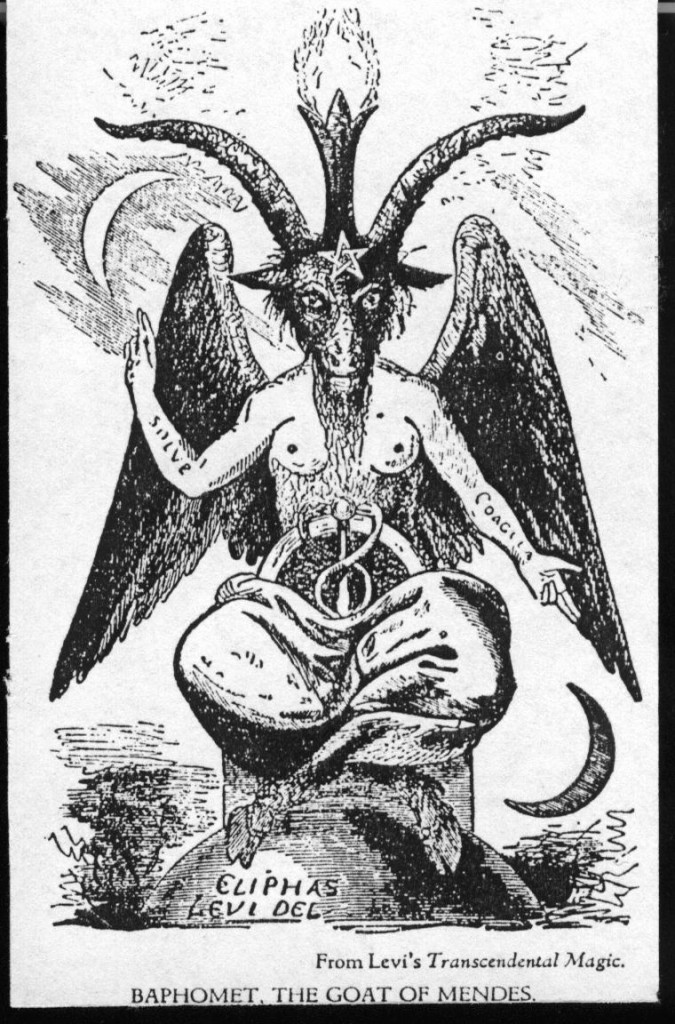
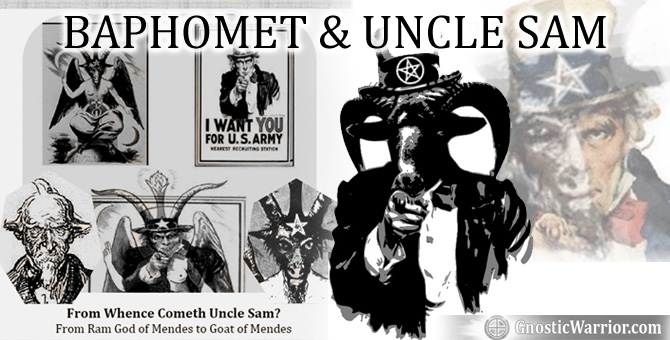
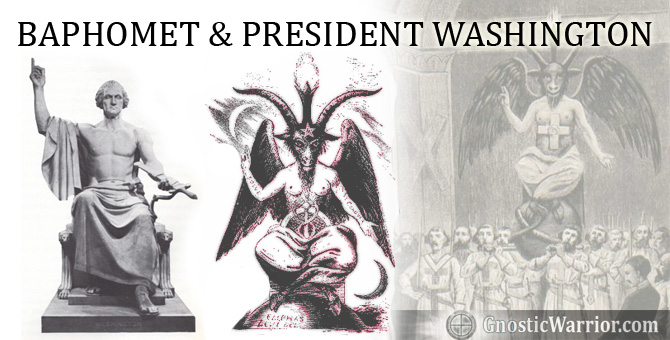
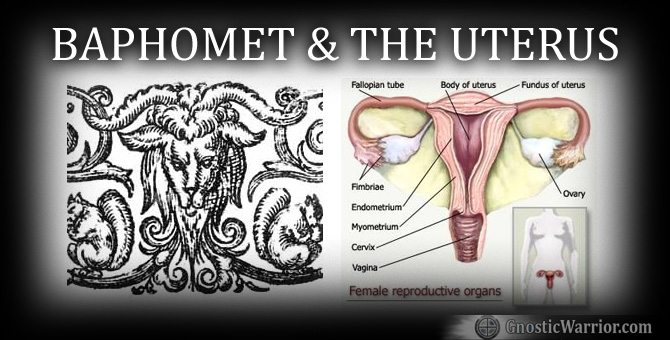
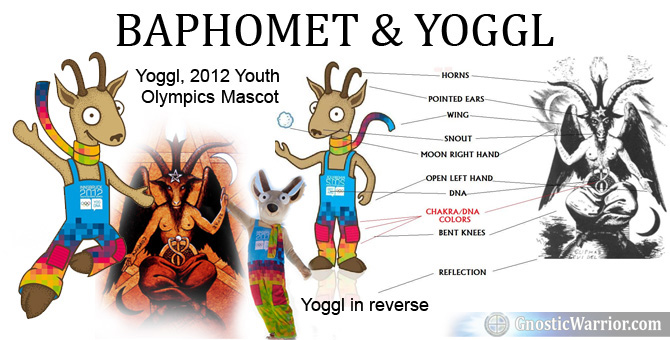
púdrete hijo de tu puta madre
Its interesting to read for sure. Here’s a personal version of psalm 23 written from a chaos magick perspective.
The worlds our grimoire
We will not want
It makes us enchant and fly
In pastures green
Pan leadeth us the quiet waters by
Our power Baphomet restores again
and servitors we make
We’re free from paths of right and wrong and just do stuff for fucks sake
Yeah though we walk in deaths dark vale
yet we shall fear no thing
for we magicians know the way
Praise to us the undead sing
Our altars we have furnished
With dolls of all our foes
our head with chaos star we annoint
and our cup overflows
Octarine flow and magick all our life
For the likes of me and thee
Baphomets embrace forevermore our dwelling place shall be.
And that’s what could call coming Full Circle:
I am Alpha and Omega, the beginning and the end, the first and the last. Revelation 22:13
The Epiphany / Apostle’s Creed…”The Law of Three PHI
Cont:…
SOLVE ET COAGULA: THE INNER ALCHEMY AND BALANCE REQUIRED TO PURIFY THE HEART OF GOD BACK FROM STONE TO GOLD. THE WINGS OF COURSE: SALVATION…
Create in me a Clean Heart, O God; and renew a Right Spirit within me. Psalm 51:10
That Parable is no Longer of any need in Society as this can be shared outright being the First Ammedment alows the Freedom of Speach and Religion. The Misuse of The Baphomet Parable would be on account of various unknowing parties and suspicion and Aleister Crowley…one booted from the Real Force who came up with his own Methods. A bit like Dark Vader… He had some of the Truth then let his own Ego decide the Rest.
He also Inverted it to an Outward Path of Rituals instead of The Real Path of Inner Transformation.
That is not God’s Law. He has no affilition with the True Illuminatus. In this day and age the True Illuminatus is also a puzzling concept so use the same Principles of Trusting the Word as Man’s or Woman’s word as themselves can only be justified in Truth if backed by the Word of God.
Wherefore by their fruits ye shall know them. Matthew 7:20
Much Love to You
Hello PHI PIPER,
I agree that they have no affilition with the True Illuminatus. The trusting come within is once you die on the cross and become one with your soul and God. You are always your best bet once this happens. It is akin to being like Jesus or St John rather than Satan or Crowley. Who would you rather be like?
THE BAPHOMET CHARACTER, OH THIS ONE TAKES THE CAKE, THE TEMPLARS IN ATTEMPTING TO HIDE THE FACT THEY WERE ACCEPTING THE DIVINE HOLY FEMININE HAD TO HIDE IT FROM THE CHURCH. BEING THEY WERE GETTING BURNED AT THE STAKE LEFT AND RIGHT.THEY CAME UP WITH A CONCEPT TO PUT THE ENTIRE PATH INTO ONE VISUAL CONCEPT. THAT SURE WENT WRONG…
Templars were Gnostics, and that “Baphomet”was formed from the Greek words , baphe metous, to mean Taufe der Weisheit, “Baptism of Wisdom”.
It is also documented in History by the Inquisition in the 13th century based on the various testimonies of the Templars, no precise description of Baphomet came to light. This would also account for the confusion and Misuse of the Parable Itself to date. There have been many assumptions and incorrect understandings, another blown out of proportion situation on account of Man’s Ignorance.
Here is the Official Parable by Definition
HEAD OF GOAT: “BEAST MIND”, FEMALE AND MALE: BALANCE OF THE TWO ENERGIES IN ONE I.E. “MOTHER/FEMALE/SHAKTI & FATHER/MALE/SHIVA”, HERMES STAFF WITH THE SNAKES NEAR THE PHALLUS: “THE ORIGINAL SIN IS SEXUAL BASED THUS THE PATH IS BRINGING THAT ENERGY BACK TO THE THRONE OF GOD VERSUS THE WORLDY LUSTS”. IT REALLY SPEAKS FOR ITSELF. THE HAND PLACEMENT MUDRA: AS ABOVE SO BELOW, HEAVEN ON EARTH ONCE THE PATH ACCOMPLISHED..
And when he was alone, they that were about him with the twelve asked of him the parable.And he said unto them, Unto you it is given to know the mystery of the kingdom of God: but unto them that are without, all these things are done in parables: That seeing they may see, and not perceive; and hearing they may hear, and not understand; lest at any time they should be converted, and their sins should be forgiven them. Mark 4:10-12
Mary Queen of Scots
The Fleur de Lys